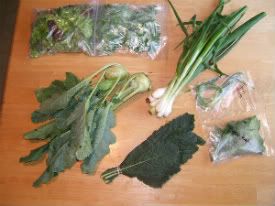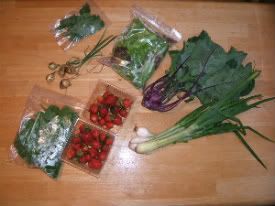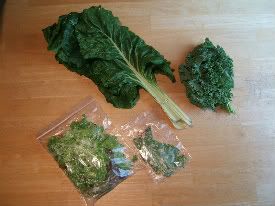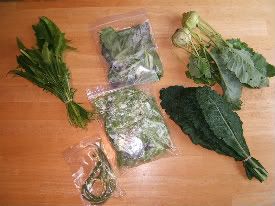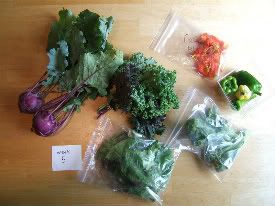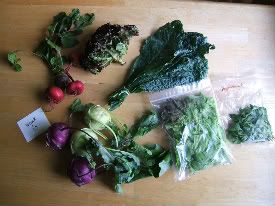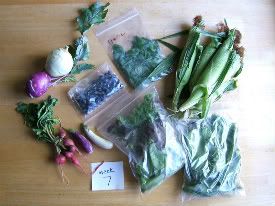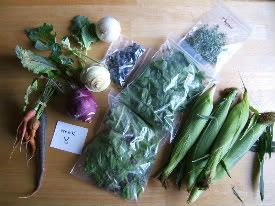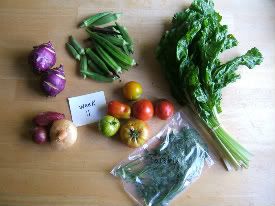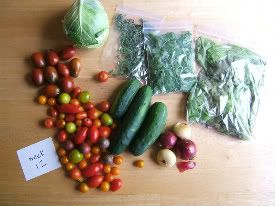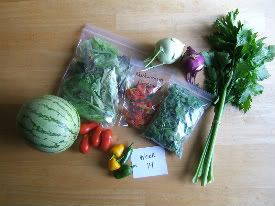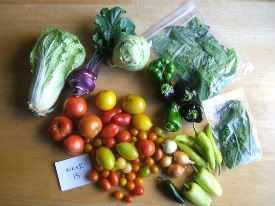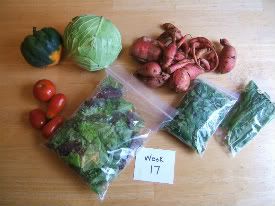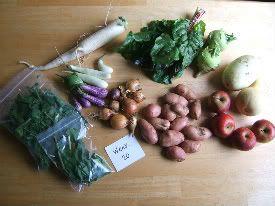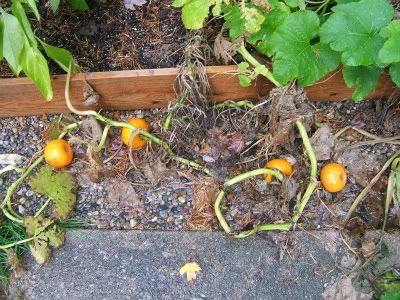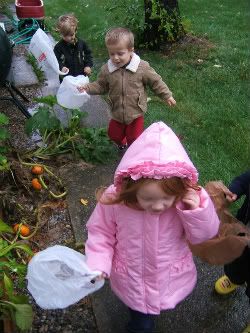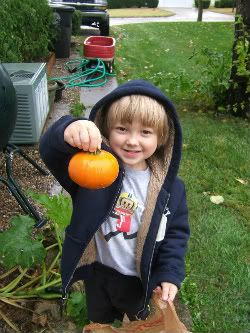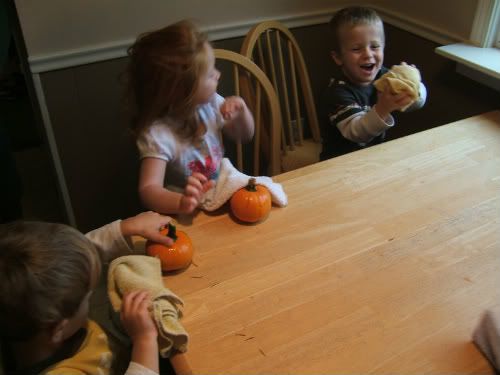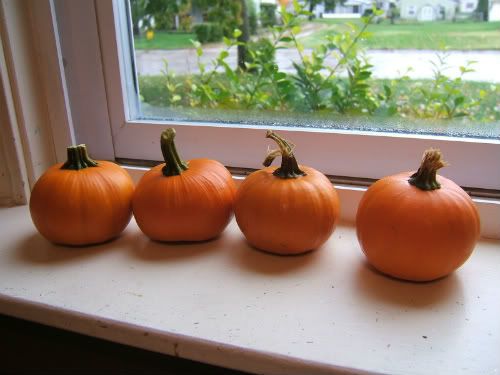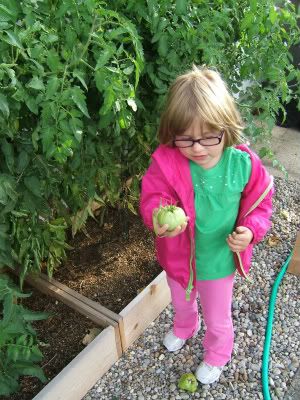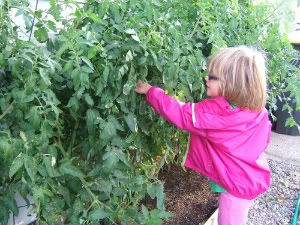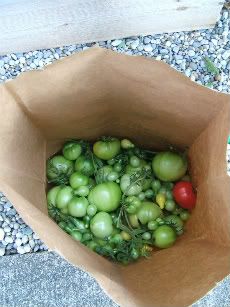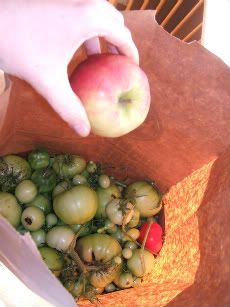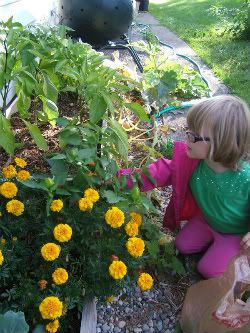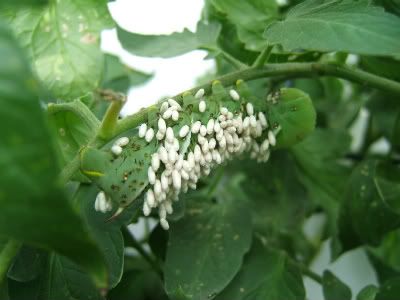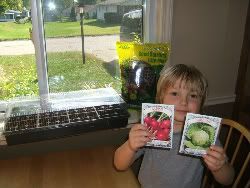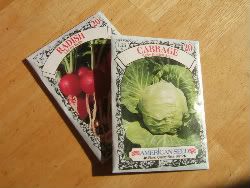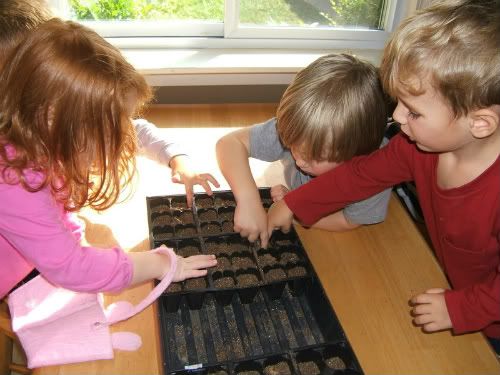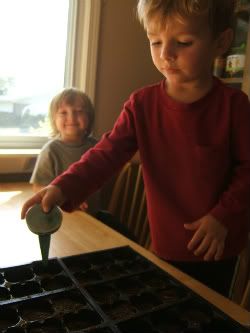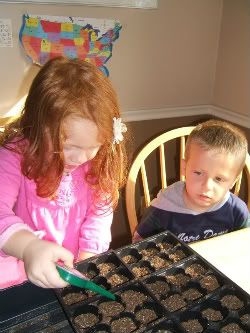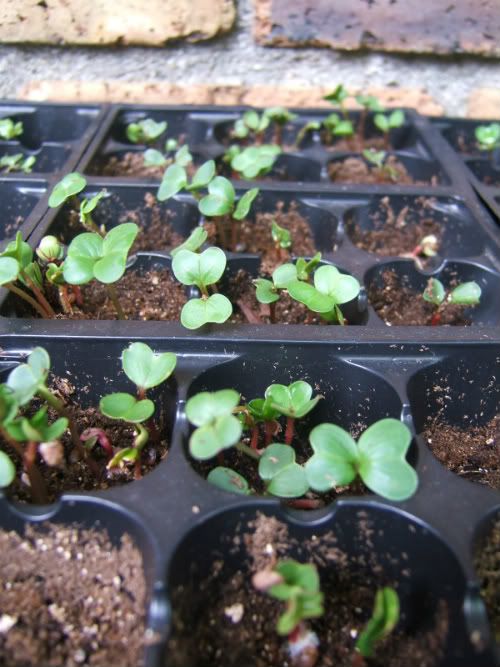 |
| A double batch makes 4 nice individual pizzas |
This is my GO TO dough recipe. I like trying different recipes, but this is the one I love the best. One of the best things about this dough is how easily it rolls out. It doesn't 'bounce back' like most pizza doughs do when you're trying to roll it out. And it doesn't stick to the table. This is VERY good when you like your pizza crust nice and thin. Look at how thin this dough gets! When baked it is the perfect combo of thin and crisp, yet chewy inside.
You don't have to roll it out this thin, but it's nice having the option. :)
I don't use the special pan they ask for in the recipe. I use a regular cookie sheet and take the pizzas off immediately to cool on a rack. One recipe makes one 12 inch pizza, or 4 mini pizzas (our favorite way to do it for lunch!). I usually have to double the recipe to feed the family. I included tripled and quadrupled measurements in the recipe for my own convenience, in case I need more for guests. ;)
Perfect Pizza Dough
(adapted from Shape Magazine)
(adapted from Shape Magazine)
x 3 x 4
1/2 c. bread flour (1.5 c.).... (2 c.)
1/2 c. whole wheat flour (1.5 c.).... (2 c.)
3/4 t. active dry yeast (2 1/4 t.)... (3 t.)
1/4 t. salt (3/4 t.).... (1 t.)
1/2 t. sugar (1 t.)... (1 1/2 t.)
6 T. cold water (1 c. + 2 T.)... (1 1/2 c.)
1 T. olive oil (optional, but I really love adding it)
6 T. cold water (1 c. + 2 T.)... (1 1/2 c.)
1 T. olive oil (optional, but I really love adding it)
In a large mixing bowl, combine dry ingredients, then create a well in the center and add the water. Using your hands, gently combine dough for about 3 to 4 minutes, or until it comes together.
Move dough to a lightly floured surface; knead for 10 minutes of until firm and smooth. Form into a ball. Cover with a clean dish towel; let rest for 5 minutes.
Using a rolling pin, roll out dough to form an 11 inch circle; place on a round metal pizza pan with small holes so the dough just reaches but doesn't overlap the edges. Let rest for 45 minutes before adding toppings.
Add your toppings and bake at 450 degrees for 7-10 minutes.





